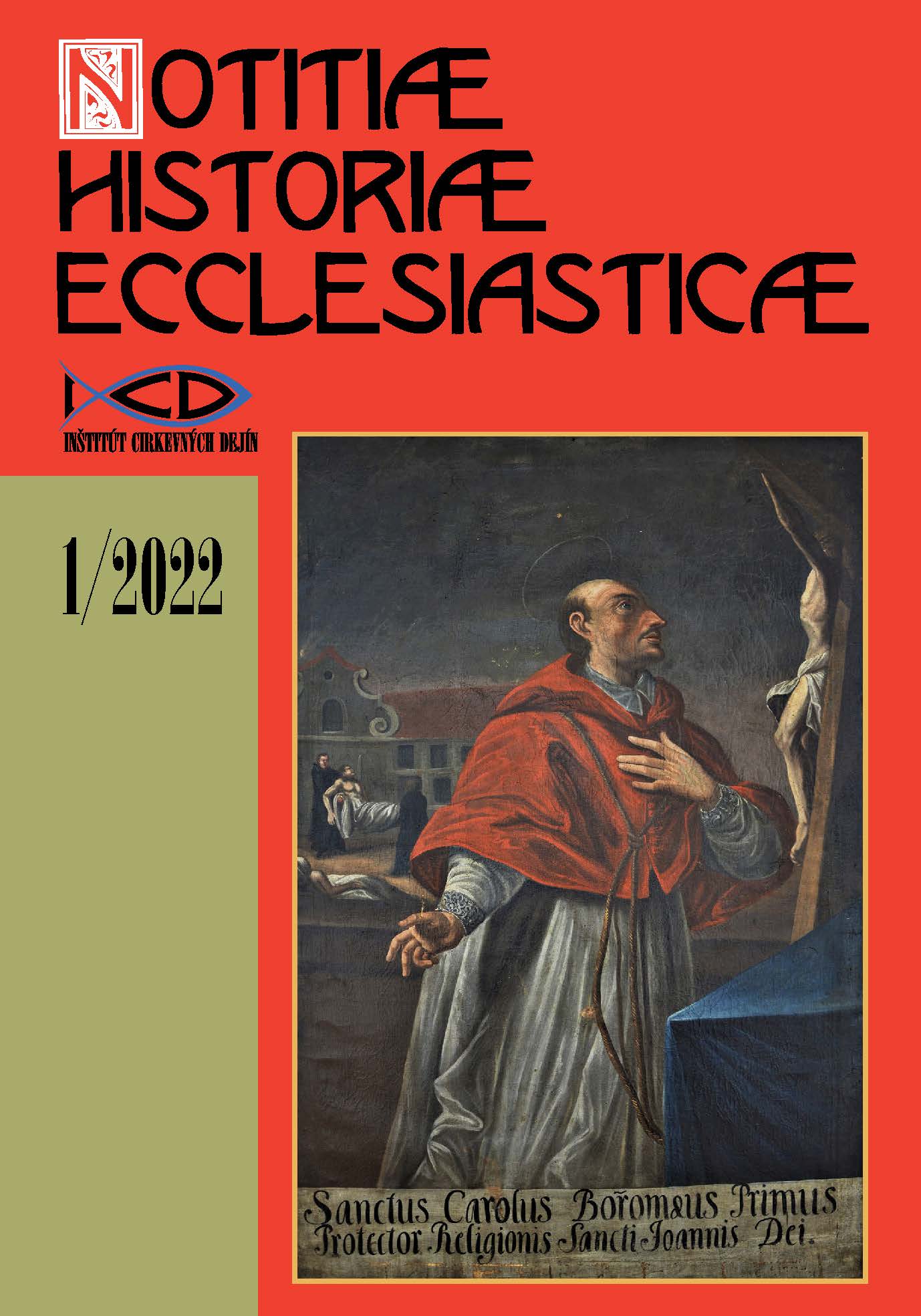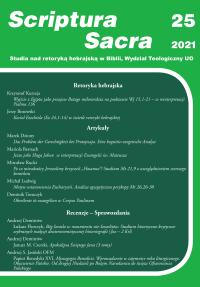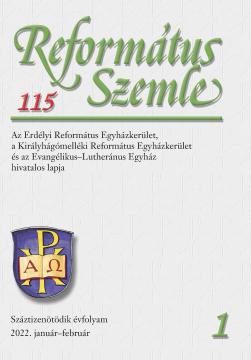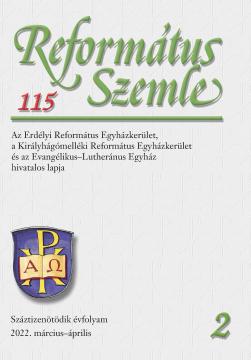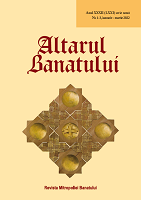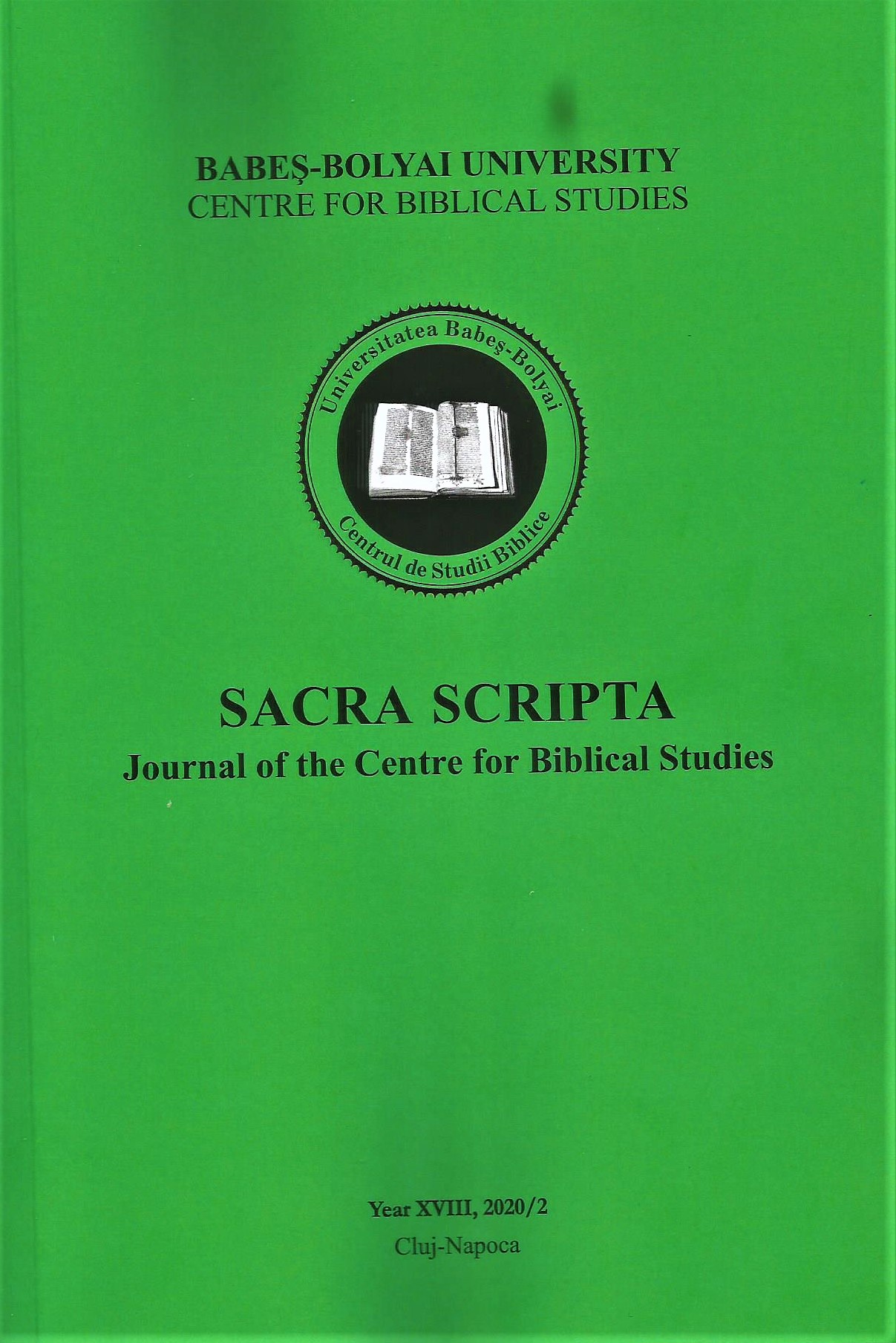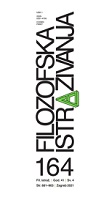
Hans Küng (Sursee, Luzern, 1928. – Tübingen, 2021.)
Hans Küng, švicarski teolog s dugogodišnjom njemačkom adresom, umro je 6. travnja 2021. godine. Küng je bio jedan od peritusa na Drugom vatikanskom koncilu, s J. B. Metzom, K. Rahnerom i drugima, supokretač teološkog časopisa Concilium, profesor teologije u njemačkom Tübingenu, nakon oduzimanja prava na poučavanje katoličke teologije, ravnatelj Ekumenskog instituta u Tübingenu, te izrazito plodan pisac s bogatom misaonom ostavštinom. Hans Küng kod mnogih budi drugačije asocijacije, a mimo onih koji te asocijacije zadržavaju na pamfletističkom i senzacionalističkom »čitanju« Künga, kakav je u hrvatskoj javnosti uvelike uvriježen i koji Künga promatra isključivo kroz prizmu enfant terriblea te sukoba s Vatikanom od početka 1970-ih godina pa nadalje, ovdje ćemo spomenuti samo one koji su se ozbiljno uhvatili u koštac s njegovom teologijom.
More...

